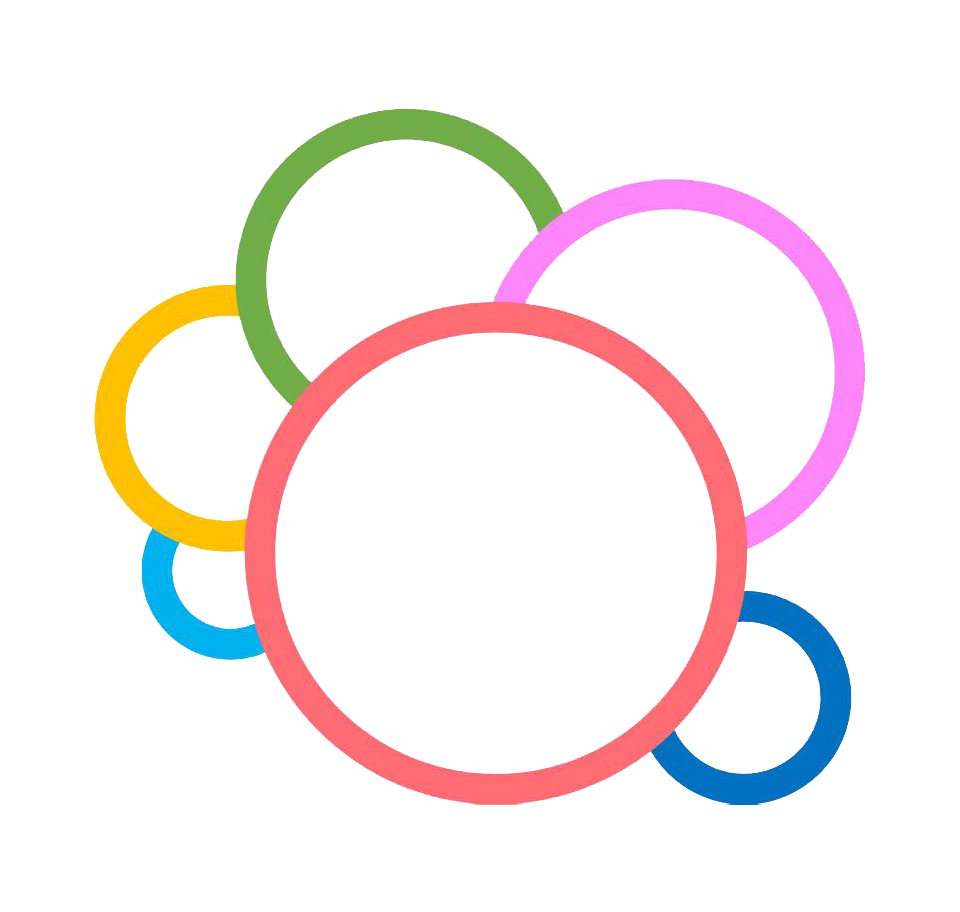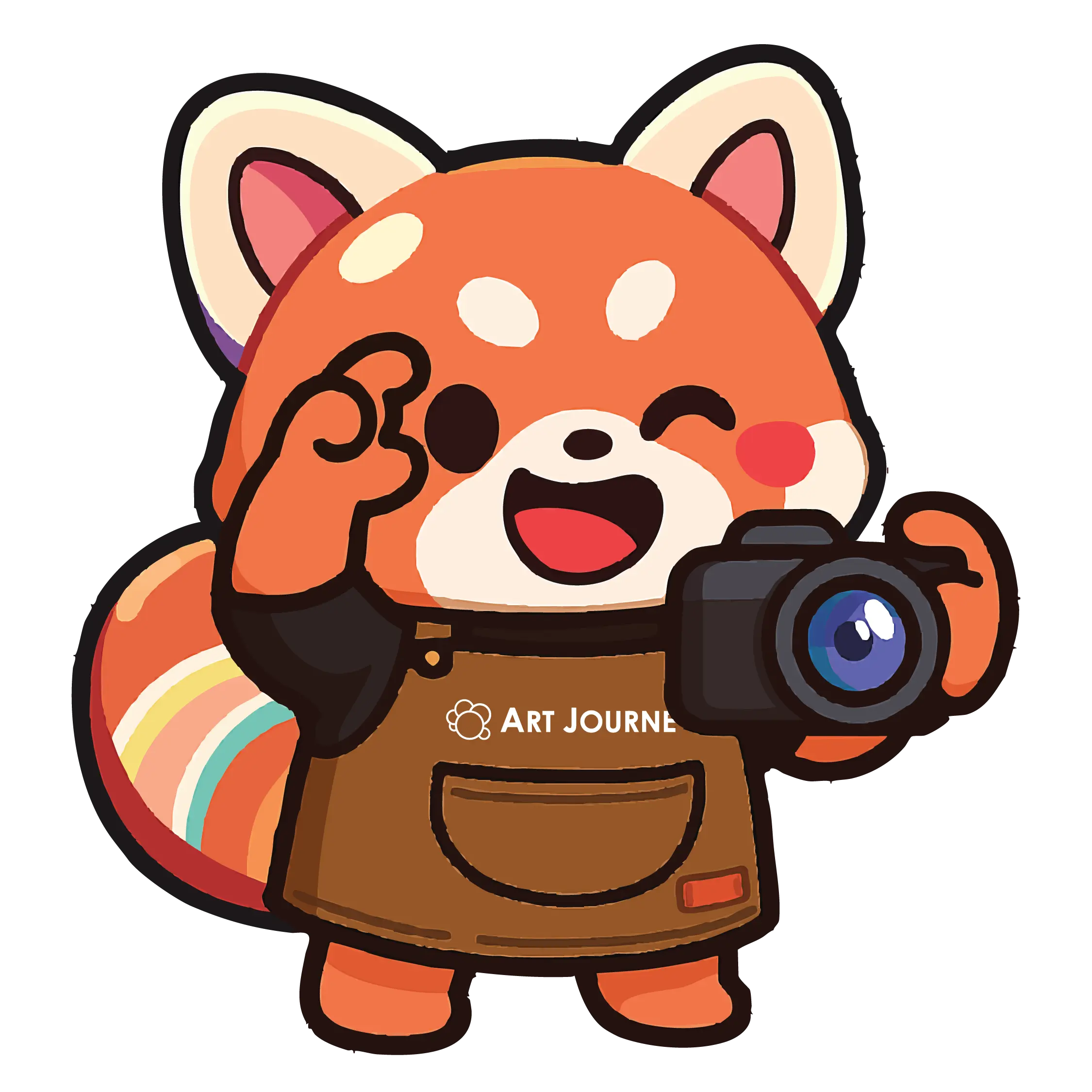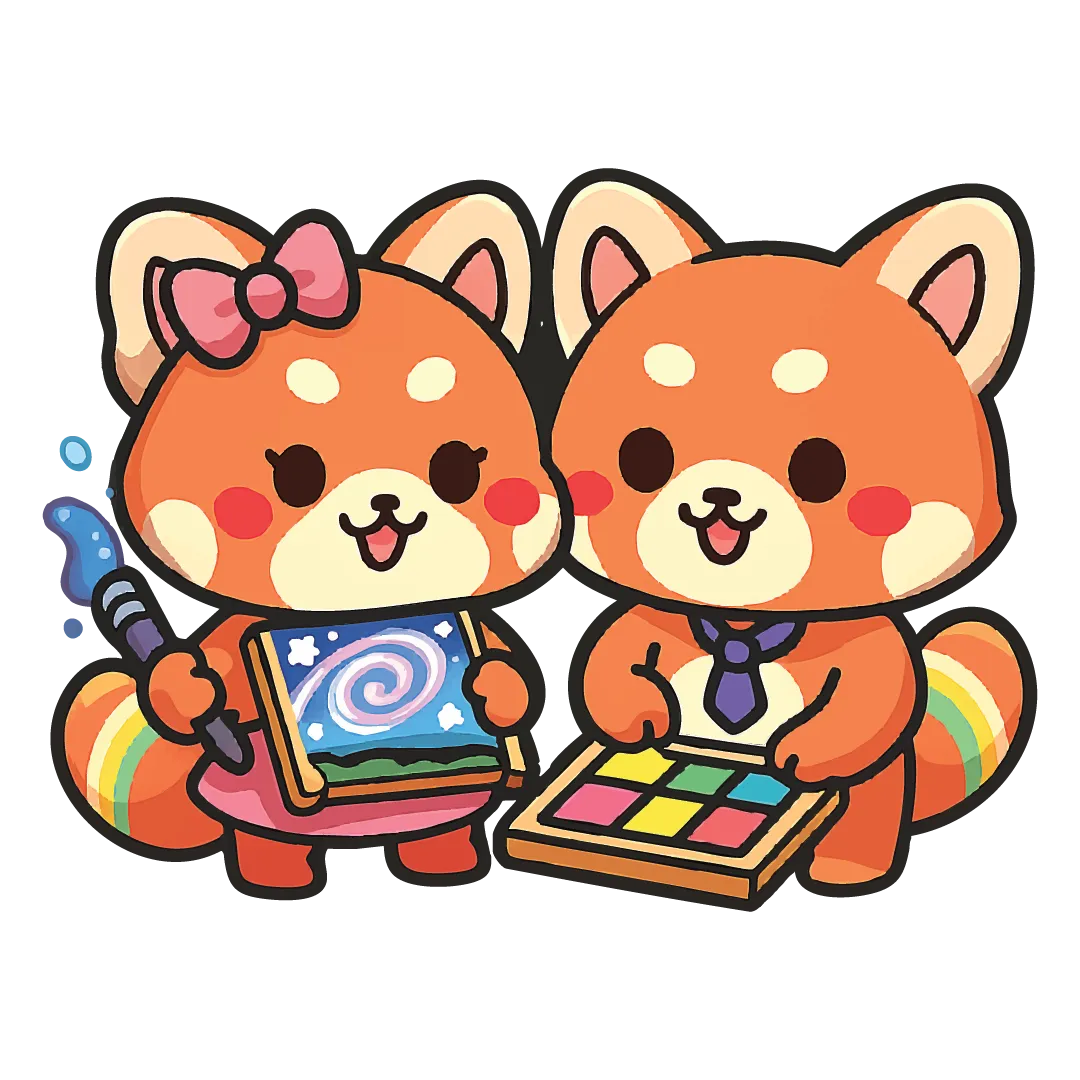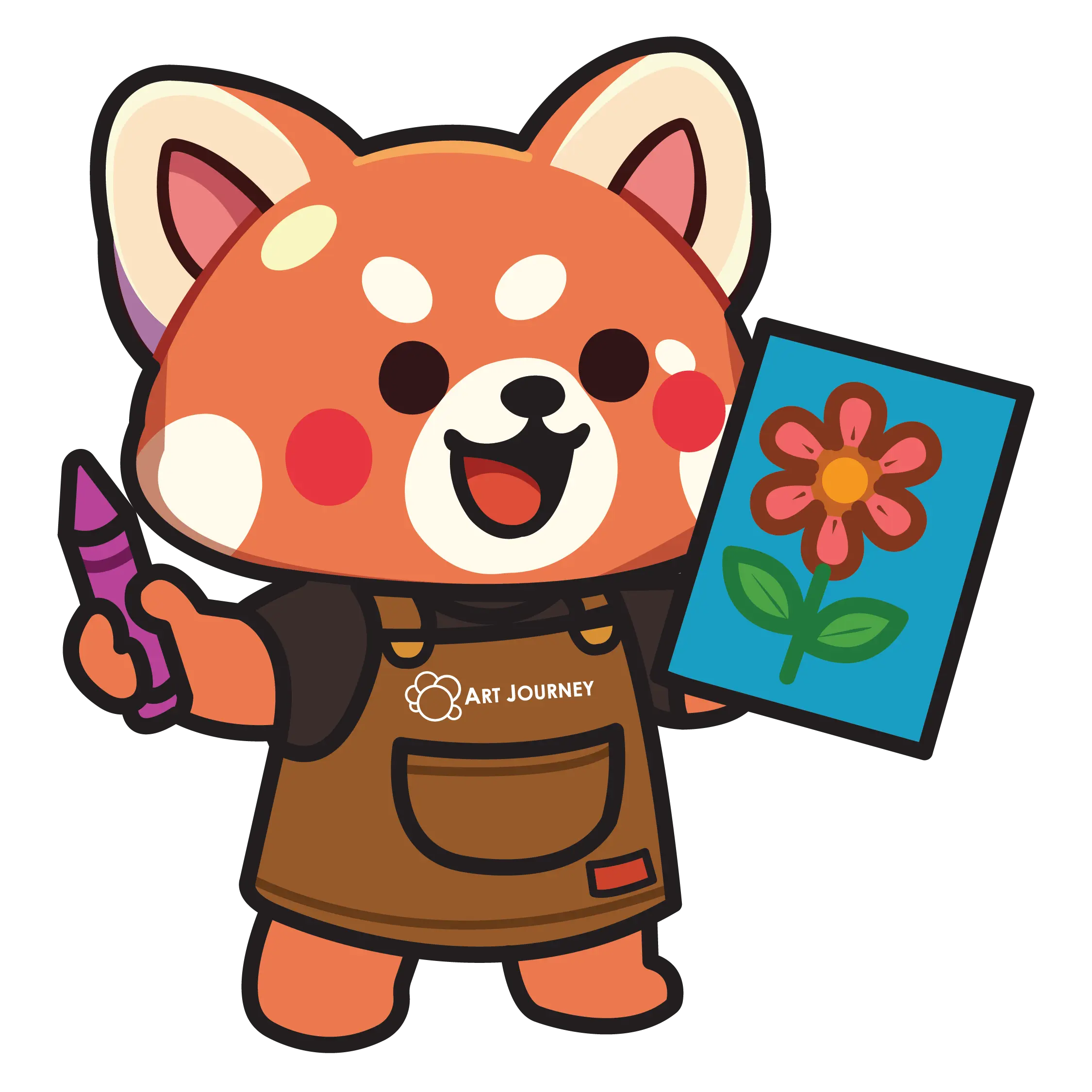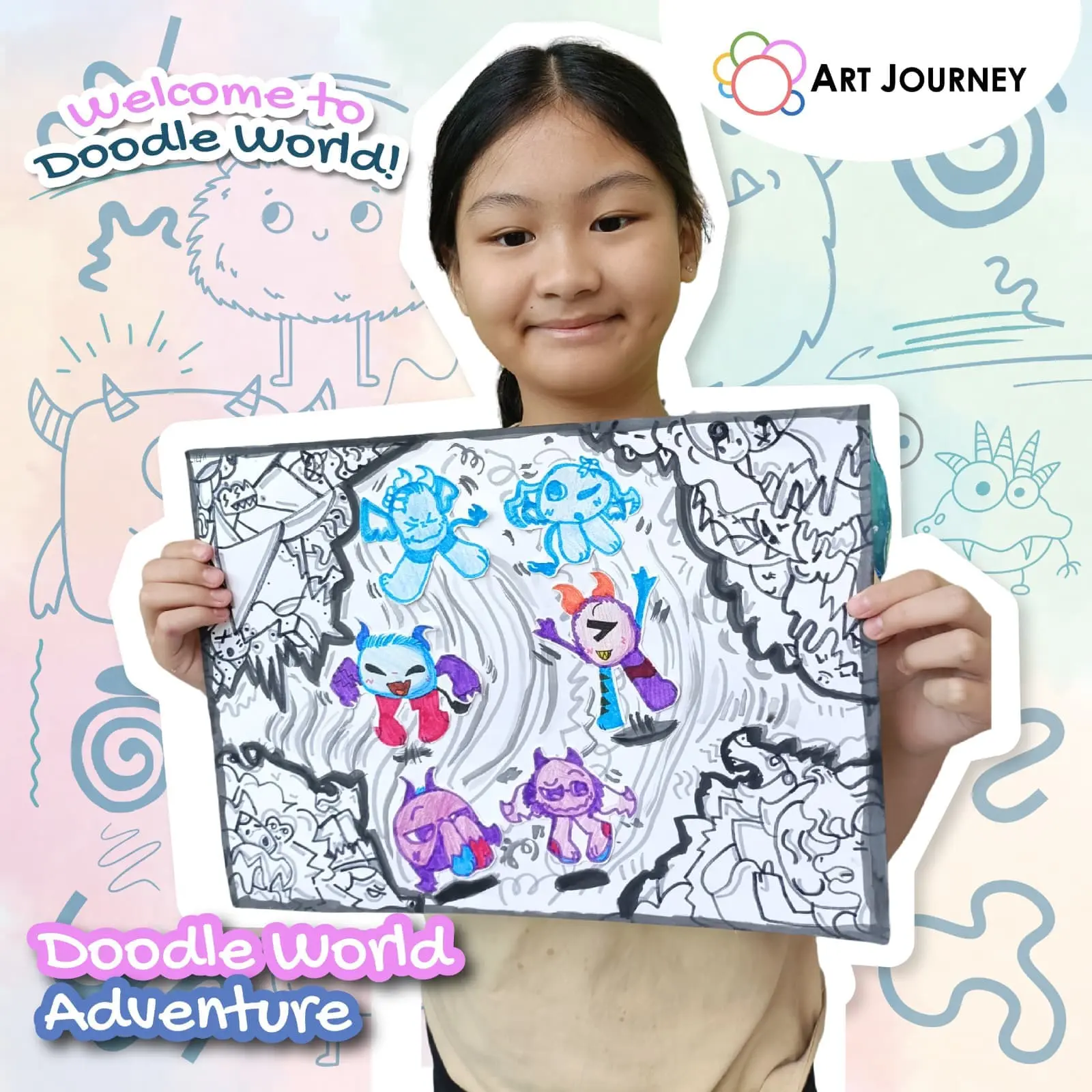
How Art-Based Team Activities Build Stronger Teams
In today’s fast-paced corporate environment, building a strong, cohesive team is more important than ever. Traditional team bonding activities like sports or workshops are common, but there’s a growing trend towards art-based team activities that engage employees differently. These creative sessions do more than just entertain — they foster communication, inspire innovation, and help teams connect on a deeper level.
This article explores how art-based team activities can build stronger teams and why businesses in Singapore are increasingly incorporating them into their team-building strategies.
1. Encouraging Creativity and Innovation
Art-based activities naturally stimulate creative thinking. When team members are invited to paint, sculpt, or craft, they tap into parts of the brain often unused during regular work tasks. This process nurtures innovative ideas, problem-solving skills, and fresh perspectives that can translate back into the workplace.
Creativity isn’t just for artists — it’s a vital skill for adapting to challenges and thinking outside the box. By fostering a creative mindset during team bonding, businesses can cultivate a culture of innovation.
2. Improving Communication and Collaboration
Many art projects require teamwork, whether it’s completing a group mural or collaborating on a sculpture. These activities encourage team members to communicate clearly, listen actively, and work toward a shared vision.
Art-based activities provide a relaxed setting where employees can break down communication barriers, especially between departments or seniority levels. This informal environment fosters openness, trust, and mutual respect, key components for effective collaboration.
3. Boosting Emotional Intelligence and Empathy
Art allows individuals to express emotions in a safe and constructive way. When teams engage in creative activities together, members gain insight into each other’s personalities, thought processes, and emotional expressions.
Understanding and empathizing with coworkers’ viewpoints improves workplace relationships and emotional intelligence. Teams that develop these soft skills are better equipped to handle conflicts and build a positive, supportive work culture.
4. Reducing Stress and Enhancing Well-Being
Workplace stress is a common issue that can affect productivity and morale. Art activities have been shown to reduce stress by promoting mindfulness and relaxation.
When teams participate in art jamming, they get a chance to disconnect from their daily pressures and focus on a calming, enjoyable experience. This boost to mental well-being translates into happier, more focused employees and a healthier team dynamic.
5. Building a Sense of Accomplishment and Pride
Creating something tangible as a team — whether a painting, sculpture, or craft — gives participants a shared sense of accomplishment. Displaying this artwork in the office can serve as a daily reminder of what the team can achieve together.
This pride strengthens team identity and morale, motivating members to continue collaborating and supporting each other.
6. Inclusive and Accessible for All Team Members
One of the biggest advantages of art-based team activities is their inclusivity. You don’t need to be an artist to participate or enjoy these sessions. Art projects can be tailored to suit different skill levels, interests, and group sizes.
This inclusivity ensures that everyone feels valued and included, enhancing team cohesion and reducing cliques or exclusion.
7. Real-World Examples in Singapore
Many Singapore companies have embraced art-based team bonding, partnering with creative studios like Art Journey to host workshops. These sessions are customized to align with company culture and team goals, from stress relief to boosting creative thinking.
Such experiences have shown tangible benefits, including improved communication, better morale, and even increased productivity.
